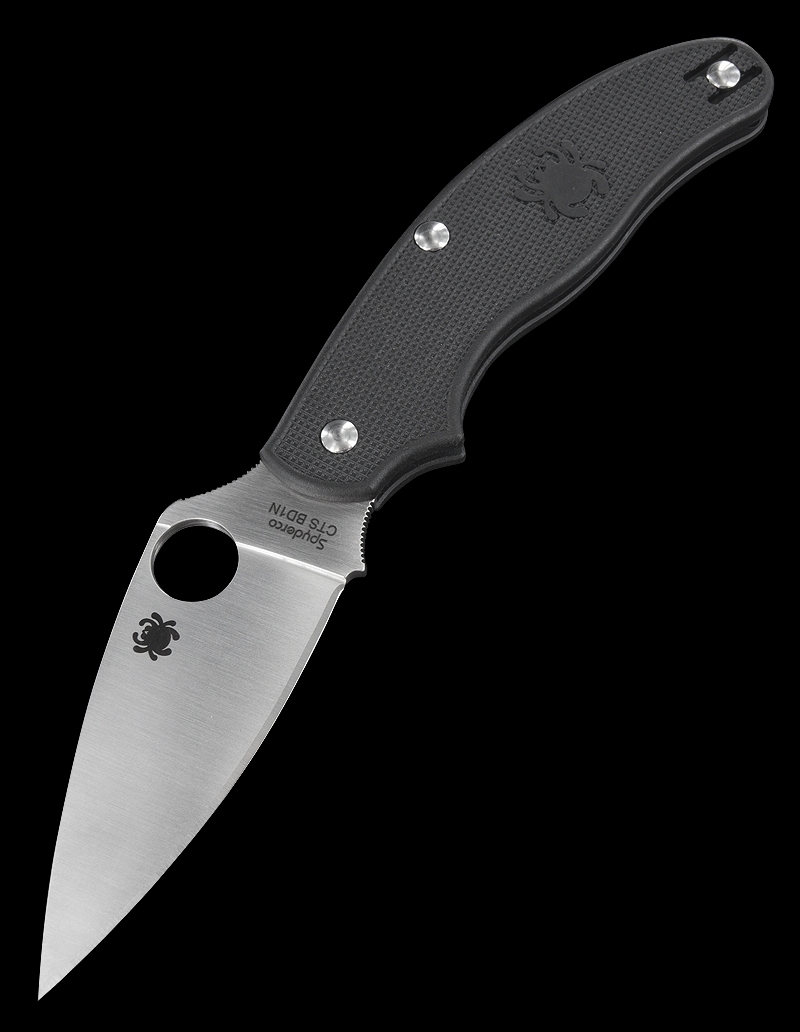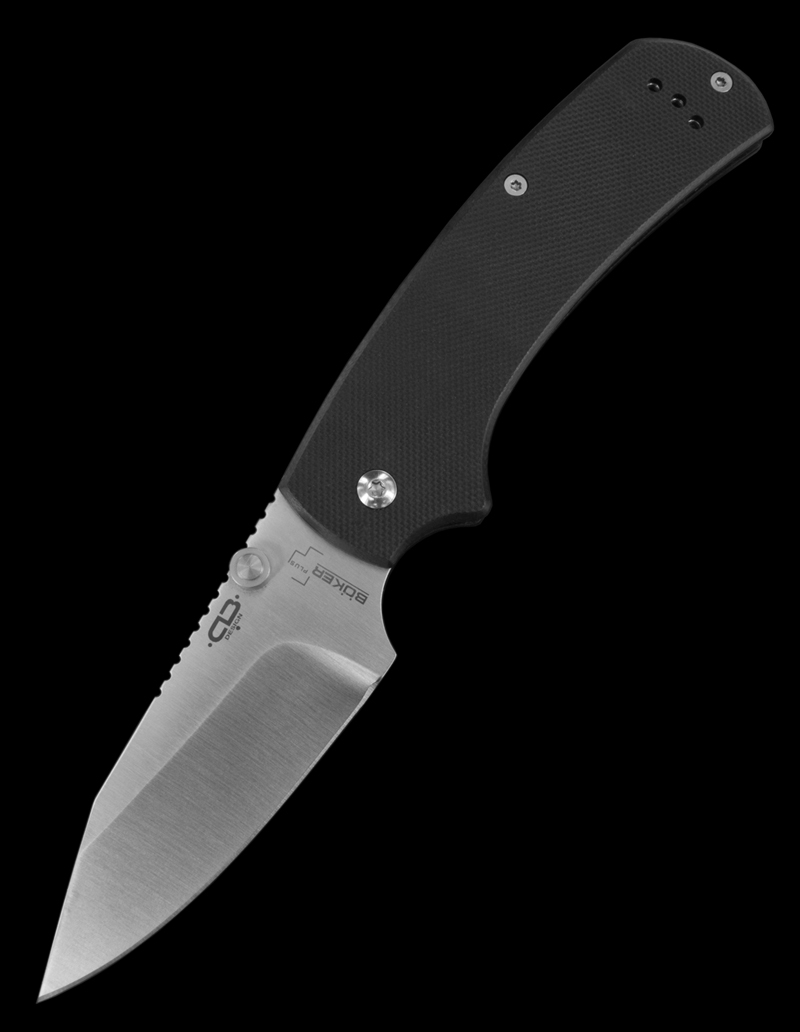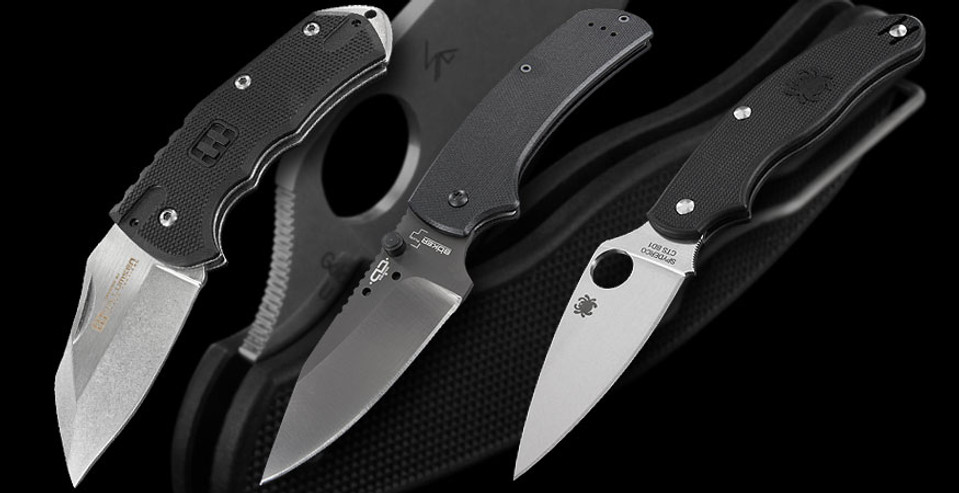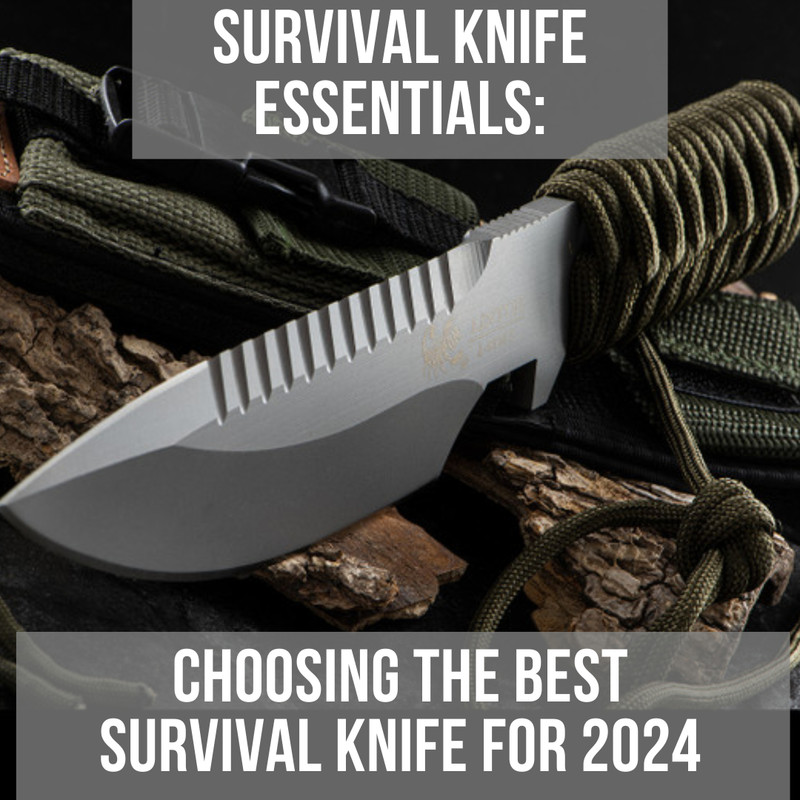Slip Joints – The UK Friendly (non-locking) knife joint
Posted by HH on 11th Jun 2015
Slip Joints are the staple joint in the UK Friendly ( often known as UK Legal) EDC carry world. They are not the only UK friendly knife joint, but they are by far the most popular. The reason for the use of these non-locking joints in countries such as the UK is due to current legislation which means that you cannot carry a locking blade in public (for full details of UK legal carry knifes please see our UK carry EDC blog post).
Let’s get started then. . .
What is a slip joint?
In very plain and simple terms: ‘A slipjoint knife consists of a handle with one or more folding blades. These blades are held in position by a strong “backspring” which biases them towards the open or closed position’.
How exactly does it work?
In a knife the slipjoint is comprised of the backspring and a cutout in the blade tang (see image below, which is an example of a dual blade knife).
All slipjoint knives employ a backspring that remains in full contact of the blade tang at all times. This tension against the tang keeps the blade(s) in the closed or open position. The tangs on such knives are usually rounded with a cut out/joint that runs parallel to the blade spine. When the blade is opened the tang cams* off of the backspring until it reaches this cut out/joint/groove, at which time the backspring engages, or slips, into this cut out/joint/groove and holds the blade open under spring tension. If two blades on the same spring are both half folded it is extraordinarily bad for the backspring, and this will result in a lessened lifespan, but more importantly increased risk of the knife breaking.
*Cam: a rotating or sliding piece (as an eccentric wheel or a cylinder with an irregular shape) in a mechanical linkage used especially in transforming rotary motion into linear motion or vice versa
Are they less safe than locking folder knives?
A slip joint is no more dangerous to use than any other knife. This is presuming that you use good knife handling techniques and plain old common sense. With good technique the pressure of the blade of the knife should be forcing the knife open.
A general rule of thumb that many people live by is that a quality knife should pull itself open or closed the last little bit and make a snap or click as it does so. Although this is only a general rule, it’s a pretty good one. Look for the marks of quality, hold and feel the knife, open and close it. It’s all in the details.
Examples of knives with slip joints
Three of the most popular knives we sell here at Heinnie are slip joints. Not just because we are a UK based company, but because they are quality knives.
These knives are the Lansky World Legal, the Spyderco UKPK Penknife and the Boker Plus XS. All of them are UK Friendly (often referred to as UK legal) carry knives, and they are all staple EDC (everyday carry) knives. If you are looking for a slip joint knife, so UK or non-UK carry then these perfect, see our (EDC Buying Guide for more info).



Once again, we hope you have found this interesting and useful! If you have any questions or comments please feel free to do so below. Also if you wish to contribute to the blog, please email marketing@heinnie.com. We are always keen to hear from you!







